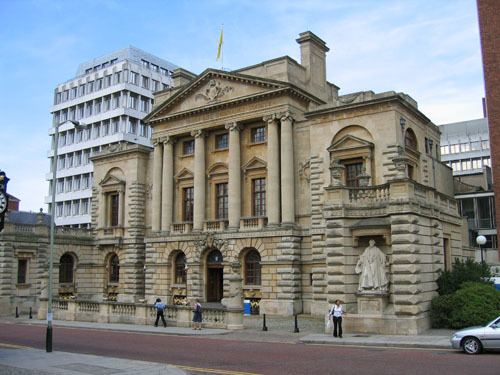Nationality English Occupation Architect | Name George Skipper Role Architect | |
 | ||
Full Name George John Skipper Projects Jarrolds departmental storeRoyal ArcadeNorwich Union headquarters Died 1948, Norwich, United Kingdom Structures | ||
The Royal Arcade - a brief overview
George John Skipper (1856–1948) was a leading Norwich based architect of the late Victorian and Edwardian period. Writer and poet, John Betjeman said of him "he is altogether remarkable and original. He was to Norwich what Gaudi was to Barcelona"
Contents

Life
Skipper was born in the Norfolk market town of East Dereham, the son of Robert Skipper a carpenter and builder. Skipper was educated at the Bracondale School, Norwich and later went on to attend the Norwich School of Art for one year. He trained as an architect in London and returned to work in his father's firm of builders in Norwich. After setting up his own business in 1879 he was commissioned to design the town hall at Cromer and, subsequently, several seaside hotels in the town.
Much of his best work, dating from around the beginning of the twentieth century, is in Norwich. At this time Skipper, along with his rival Edward Boardman dominated building in the city. His own office in London Street, now part of the Jarrolds departmental store, has a red brick facade, with a frieze featuring scenes of architects and builders. It is faced with a locally-made type of terracotta called Cosseyware, made at Costessey (pronounced "Cossey") near Norwich by the firm of Guntons. In 1899 he designed the Arts and Crafts style Royal Arcade in the city. His design for the Norwich Union headquarters in Surrey Street was completed in 1903–4. The building features the noted Marble Hall.
Personal life
His first two wives died and he married again in 1913. His son, Edward (1917–2005) (by his 3rd wife Elizabeth Alice Charter, née Roberts), himself an important local architect, worked with him while studying architecture. Skipper died in 1948 and is buried in the Earlham Road Cemetery, Norwich.
